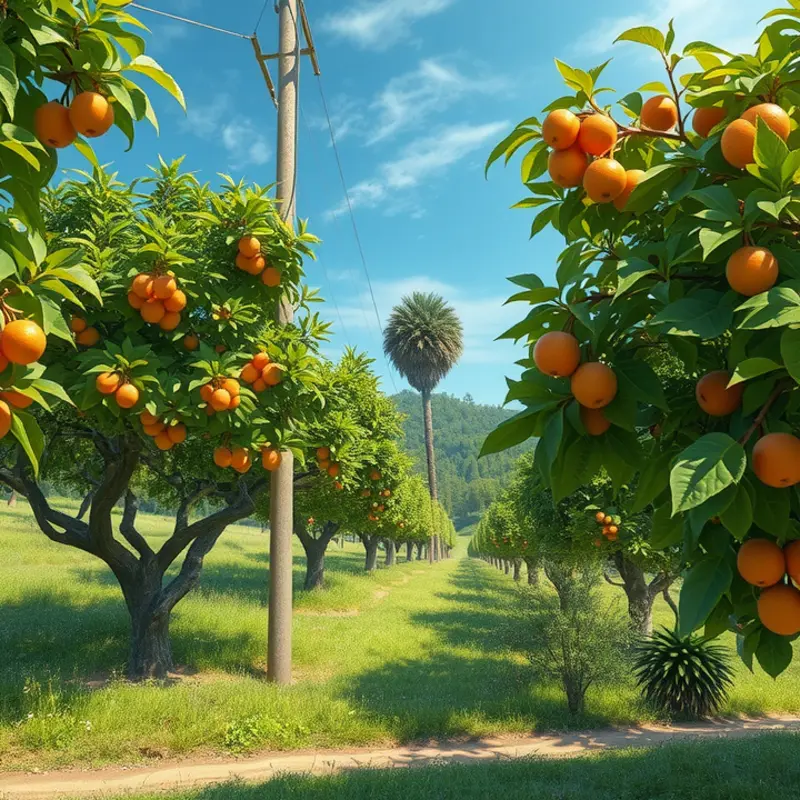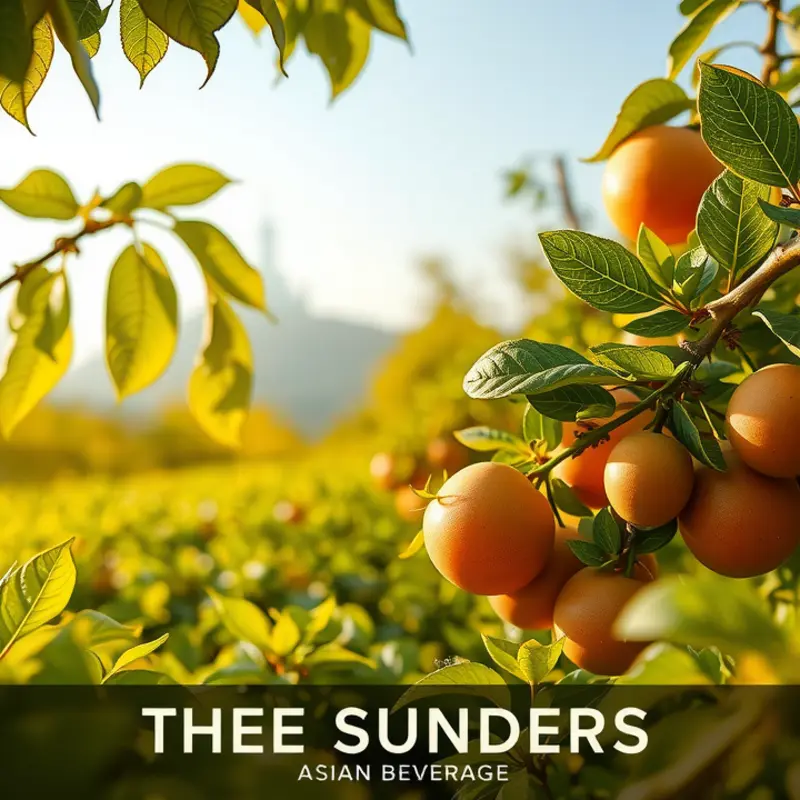Beverages are an integral part of cultural expressions, resonating with history, tradition, and social practices. From fermented delights to herbal brews, traditional drinks tell stories of communities, their ingredients, and their heritage. This exploration unveils unique beverages across different regions, embracing the essence of culinary traditions that have stood the test of time.
Liquid Heritage: Traditional Beverages of Africa

In the vast and varied landscapes of Africa, traditional beverages serve as a liquid embodiment of cultural heritage. Each drink reflects the unique biodiversity, history, and customs of the community it originates from. From the hills of Ethiopia to the plains of Tanzania, these elixirs carry stories of the land and its people.
One of the most renowned traditional beverages is the Ethiopian sorghum beer, known locally as tella. A staple at social gatherings, this fermented drink is made using sorghum, barley, and sometimes wheat. The brewing process is ritualistic, often overseen by women, who pass down the nuanced techniques through generations. Tella is more than just a drink; it’s a communal experience, found at weddings and significant ceremonies, fostering bonds among villagers and family.
In Kenya and Tanzania, the Maasai people’s love for fermented milk is a testament to their cattle-herding roots. This traditional beverage, often a mix of cow’s milk and blood, is consumed daily. It represents a crucial aspect of Maasai diet and culture, highlighting their deep connection with livestock. The drink’s preparation involves a ritualistic cleaning of the calabash containers using smoke, imparting a unique flavor while ensuring sanitation—a practice reflecting sustainable and mindful consumption traditions.
Further west, in Nigeria, zobo is a popular, vibrant drink made from dried hibiscus petals. Known for its enticing crimson color and tangy taste, zobo is more than just refreshing. It is believed to have numerous health benefits, such as aiding digestion and reducing blood pressure. The significance of hibiscus in West African beverages illustrates the intertwining of nutrition and culture, as seen in holistic approaches like non-dairy probiotics which also promote gut health.
In the Sahel region, the fruits of the baobab tree transform into a cherished beverage with a creamy texture and subtle tartness. Often mixed with water or milk, the baobab drink is valued for its nutritional richness, providing significant Vitamin C and calcium levels. The towering ancient baobab trees are symbolic in many African cultures, known as the “tree of life,” making the drink a literal and figurative gift of vitality.
These traditional beverages not only quench thirst but also foster a connection to the land and heritage. Each sip serves as a reminder of shared history, community ties, and the abundant natural resources native to Africa’s diverse ecosystems. As we explore African beverages, we also embrace the lessons they teach us about sustainability and the beauty of preserving cultural legacies. This holistic understanding of nourishment extends beyond Africa, encouraging a global appreciation for sustainably consumed ingredients and beverages. Each glass invites us to appreciate not just the flavor, but the story and significance woven into its creation.
A Sip of Tradition: Asian Beverages You Must Try

Asia, a continent renowned for its vibrant cultures and traditions, offers a diverse range of beverages that reflect its rich history and regional tastes. Each drink tells a story of ancient practices, local ingredients, and cultural ceremonies, promising an experience unlike any other.
Japanese tea ceremonies are profound rituals emphasizing harmony and respect. Matcha, a finely ground green tea powder, is the star of these ceremonies, rich in antioxidants and revered for its unique umami flavor. Prepared through an intricate process involving bamboo whisks, matcha embodies mindfulness and serenity.
In contrast, India’s chai is a robust concoction that fills the air with its spicy aroma. This tea, typically brewed with black tea leaves, milk, and a medley of spices like cardamom, cloves, and ginger, offers warmth and vigor. Chai is cherished not just as a drink but as a social ritual, inviting conversation and connection. Discover more about enhancing flavors without excessive salt in flavor boosters without salt.
Taiwan introduces bubble tea, a playful drink blending tea, milk, and chewy tapioca pearls. Its creation in the 1980s marked a cultural shift towards innovative beverages, capturing global popularity with its diverse flavors and textures. Bubble tea’s charm lies in its adaptability, catering to personal tastes through varied ingredients and sweetness levels.
Thailand offers the tropical delight of coconut water, often enjoyed fresh from the coconut itself. This naturally sweet, hydrating beverage is a staple on bustling Bangkok streets, providing respite from the tropical heat. Besides its refreshing quality, coconut water holds cultural importance, often used in religious ceremonies and culinary practices.
From the delicate brews of China to the fermented delights of Korean makgeolli, Asian beverages present a diverse panorama of tastes and traditions. Each drink not only satiates thirst but also offers a window into the history and values of its origin, enriching our understanding of this vast continent’s cultural mosaic.
Final words
Traditional beverages hold a mirror to the cultures they originate from, reflecting climate, available resources, and social customs. From Africa’s communal brews to the delicate ceremonies of Asia, these drinks not only quench thirst but also nourish connections among people. By savoring these beverages, one can embark on a flavorful journey through history, geography, and identity. As the world becomes more interconnected, embracing these local drinks enriches our global palate and bolsters cultural appreciation.








